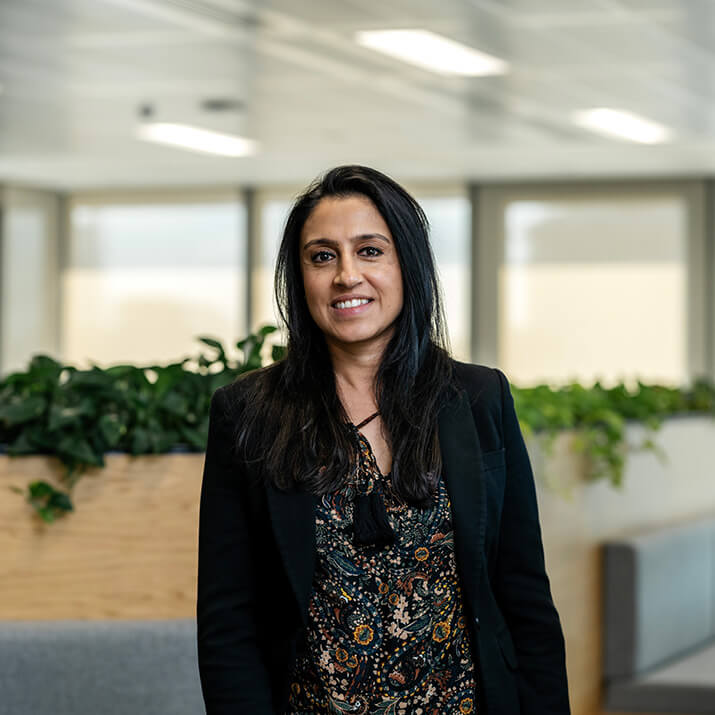6th February 2024
Why capitalise development costs?
Development costs are a type of intangible asset which are generated through both internal and external activities. Often a key driver of value for a business, understanding the impact that capitalising or expensing development costs has on your financial statements, in current and future periods, is fundamental to any media, marketing or advertising business.
Expensing development costs impacts your earnings before interest, taxes, depreciation, and amortization (EBITDA), the typical metric used to value businesses in the Media, Marking and Advertising sectors. Given the impact it could have on your presented EBITDA and therefore business valuation, it’s imperative that you’re giving appropriate consideration to how you present your development costs.
What are development costs?
Development costs are directly attributable costs necessary to create, produce and prepare the ‘asset’ to be capable of operating in the manner intended by management. Development costs are those costs incurred with the introduction and growth of a new product or service line. Examples include:
- Costs of materials and services used or consumed in generating the intangible asset.
- Costs of employee benefits (as defined in Section 28 Employee Benefits) arising from the generation of the intangible asset.
- Fees to register a legal right.
- Amortisation of patents and licences that are used to generate the intangible asset.
Development costs are not costs that are incurred during the research phase of a project – such costs must be expensed to the profit and loss account as they are incurred. Examples of research costs include:
- Activities aimed at obtaining new knowledge.
- The search for, evaluation and final selection of, applications of research findings and other knowledge.
- The search for alternatives for materials, devices, products, processes, systems or services.
- The formulation, design, evaluation and final selection of possible alternatives for new or improved material, devices, projects, processes, systems or services.
Under the UK Generally Accepted Accounting Principles (GAAP), companies can make an election of whether or not to capitalise development costs on their balance sheet, or to expense them as they are incurred. This is an accounting policy choice, and, if elected, must be applied to all development costs incurred by a company. In order for development costs to be capitalised, they must meet the following conditions:
- The technical feasibility of completing the intangible asset so that it will be available for use or sales.
- Its intention to complete the intangible asset and use or sell it.
- Its ability to use or sell the intangible asset.
- How the intangible asset will generate probably future economic benefits. Among other things, the entity can demonstrate the existence of a market for the output of the intangible asset or the intangible asset itself or, if it is to be used internally, the usefulness of the intangible asset.
- The availability of adequate technical, financial and other resources to complete the development and to use or sell the intangible asset.
- Its ability to measure reliably the expenditure attributable to the intangible asset during its development.
Only when all of the above conditions are met, are development costs able to be capitalised. Costs cannot be capitalised retrospectively once the conditions are met.
Common examples of development costs capitalised by companies in the media, marketing and advertising sectors are:
- Website development costs.
- Software developed for the purpose of being used in the company’s activities.
- Platforms and apps used by customers.
- Other internally generated proprietary tools.
What impact does capitalising development costs have?
By electing to capitalise development costs, the cost of using the asset will be ‘matched’ against the revenues generated by the asset over a period of time, rather than expensing the full cost of the asset as it occurs. The costs will be reflected in the profit and loss account as ‘amortisation’, a non-cash item which is released over the Useful Economic Life (UEL) of the asset and sits outside EBITA.
What are the benefits of capitalising development costs?
Monitor performance of development assets
By ringfencing and capitalising these costs, you will be able to clearly match the costs incurred in developing the intangible assets vs the revenue obtained. Having clarity and understanding on revenue generation will enhance operational efficiency analysis, profitability analysis, performance evaluation, risk management, investor and stakeholder confidence, financial planning and budgeting.
Smooth profit and loss account to reflect how assets are being used
By spreading the costs of the developed asset this may improve certain financial ratios, for example, EBITDA and in some cases, dependent on your internal reporting structure, your gross profit margin (GPM). Improvement of EBITDA will be important if you are looking to attract investors, buyers or lenders.
Recognising intangible value on your balance sheet
The capitalisation of development costs will mean that the value of development assets is held on the balance sheet, improving your net asset position. This will also evidence to potential investors or acquirers, the intangible value that has been gained from the work performed by development teams.
Conclusion
The capitalisation of development costs can have a strong impact on key financial measures and ratios. However, companies should be aware of the cost and time involved in performing analysis over projects, to determine what costs to capitalise and the whether the ‘PIRATE’ criteria have been met. If the value of the project is low, it is often worth considering whether it needs to be capitalised.
If you have any queries on capitalisation of development costs and whether your organisation could capitalise assets, please do reach out to Jon Dawson, Partner and Head of Creative Media & Technology (CMT), or Hannah Chilmaid, Manager within our Outsourcing team.








